Floating serenely in the southern basin of Loch Lomond, Inchcailloch Island is a place where history, nature, and legend converge. Though just a short boat ride from the mainland, this wooded isle feels worlds away—steeped in clan heritage, geological intrigue, and the quiet majesty of Scotland’s first national park. For those seeking a meaningful escape into the Highlands, Inchcailloch offers a rare blend of solitude and story.
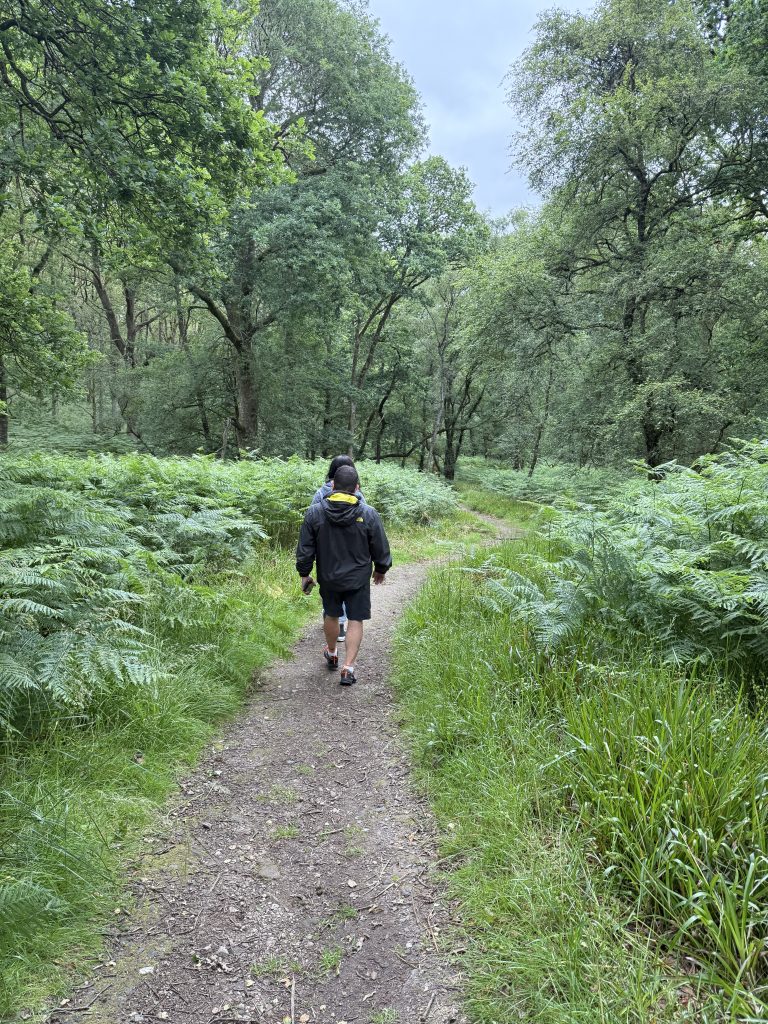
🏞️ Where Highlands Meet Lowlands
Inchcailloch sits near the Highland Boundary Fault, a geological line that slices across Scotland, separating the rugged Highlands from the gentler Lowlands. This fault line is more than a scientific curiosity—it’s a cultural and historical frontier. Inchcailloch, perched right on this divide, embodies both worlds: the wild, mountainous terrain to the north and the rolling farmland to the south.
Geologically, the island is composed of Dalradian schist, a metamorphic rock formed over 600 million years ago. Its steep slopes and rich soils support a lush oak woodland, part of a designated Site of Special Scientific Interest (SSSI). In spring, the forest floor erupts in bluebells and wild garlic, while deer, otters, and countless bird species call the island home.
🛶 Getting There: From Luss to the Loch
The most scenic way to reach Inchcailloch is via the charming village of Luss, located on the western shore of Loch Lomond. Luss is a conservation village with whitewashed cottages, flower-filled gardens, and a heritage stretching back to early Christian missionaries.
From Luss, visitors can hire a water taxi or join a guided boat tour across the loch. The journey takes you past other islands—each with its own lore—before landing at Port Bawn, the southern jetty of Inchcailloch. Alternatively, boats also depart from Balmaha, on the eastern shore, offering access to the island’s northern jetty.
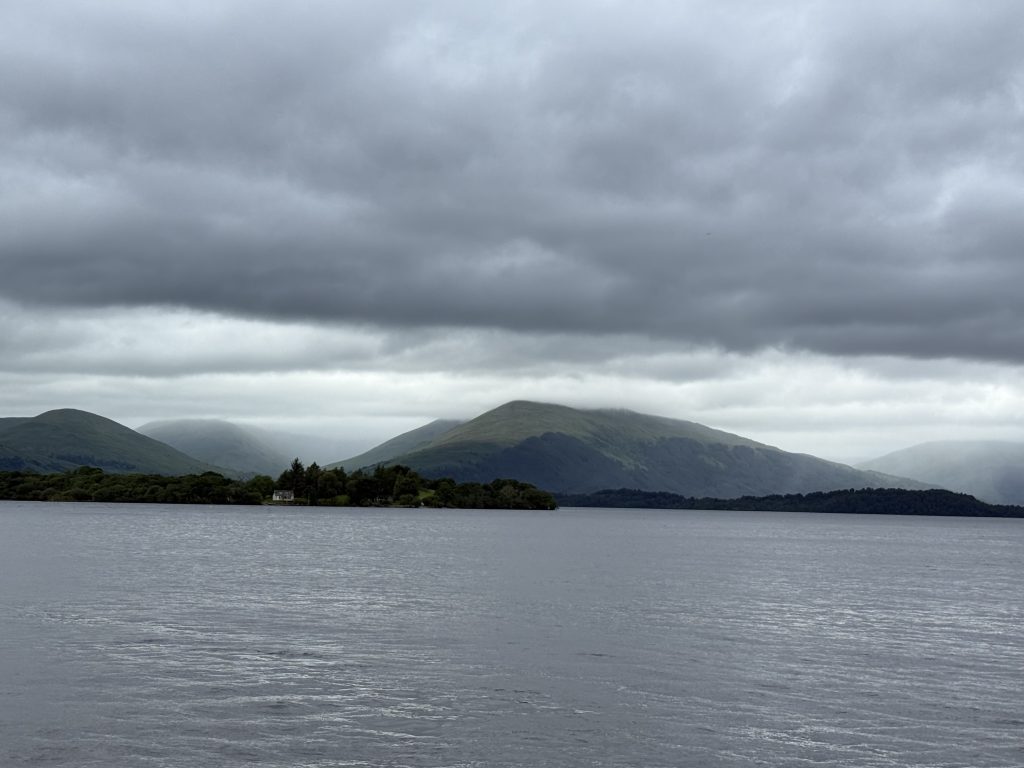
🛡️ Clan MacGregor: A Sacred Legacy
Inchcailloch holds deep historical significance for Clan MacGregor, one of the most storied and resilient clans in Scottish history. The island was once part of the clan’s ancestral lands, and its name—meaning “Island of the Old Woman”—refers to St. Kentigerna, an Irish missionary and mother of St. Fillan, who is said to have established a church here in the 8th century.
The ruins of a medieval church, dedicated to St. Kentigerna, still stand on the island. Nearby lies an ancient burial ground, where members of Clan MacGregor were laid to rest. It’s believed that Rob Roy MacGregor’s mother may be buried here, and the site remains a place of pilgrimage for clan descendants and history enthusiasts alike.
During the 17th century, when Clan MacGregor was outlawed and their name banned by royal decree, Inchcailloch served as a refuge—a quiet sanctuary amid political turmoil.
Yes, tradition holds that Rob Roy MacGregor’s uncle is buried on Inchcailloch Island, in the ancient churchyard near the ruins of the medieval church dedicated to St. Kentigerna. This burial ground was used for centuries by local families and clans, especially Clan MacGregor, who considered the island sacred.
While exact burial records from that period are scarce, oral history and clan lore strongly suggest that Rob Roy’s uncle—possibly John MacGregor, a respected elder of the clan—is among those interred there. The site also contains what’s known as the Grey Stone, believed to mark the grave of a prominent MacGregor ancestor, and possibly connected to Rob Roy’s maternal lineage.
Inchcailloch’s role as a spiritual and cultural refuge for Clan MacGregor during times of persecution makes it a deeply meaningful place for descendants and historians alike. The island’s burial ground remains a quiet, moss-covered sanctuary where the legacy of the clan endures in stone and story.
🥾 Hiking the Island: Trails Through Time
Despite its modest size (just over 50 hectares), Inchcailloch offers a rewarding hiking experience. The Inchcailloch Summit Trail leads from Port Bawn to the island’s highest point, offering panoramic views of Loch Lomond, Ben Lomond, and the surrounding hills. It’s a short but steep climb, winding through ancient oak woods and past moss-covered stones.
The Graves and Church Trail loops through the historical heart of the island, passing the ruined church and burial ground. Interpretive signs provide context on the island’s religious and clan history, making it a thoughtful walk for those interested in Scotland’s past.
The Low Path connects the two jetties and offers a gentler route along the shoreline, ideal for spotting wildlife and enjoying the loch’s tranquil beauty.
🌿 Conservation and Quiet
Inchcailloch is part of Loch Lomond & The Trossachs National Park, and its management emphasizes conservation and low-impact tourism. There are no permanent residents, and camping is restricted to designated areas near Port Bawn. Facilities are minimal—just a composting toilet and picnic tables—preserving the island’s wild character.
Visitors are encouraged to follow Leave No Trace principles, respecting the fragile ecosystem and the spiritual significance of the site.
Final Thoughts
Inchcailloch is more than an island—it’s a living monument to Scotland’s natural and cultural heritage. From its ties to Clan MacGregor to its role as a geological and historical boundary, it invites reflection, exploration, and reverence. Whether you arrive from Luss or Balmaha, hike its forested trails or sit quietly by the loch, Inchcailloch offers a rare kind of peace—the kind that only comes from standing at the crossroads of history and nature.
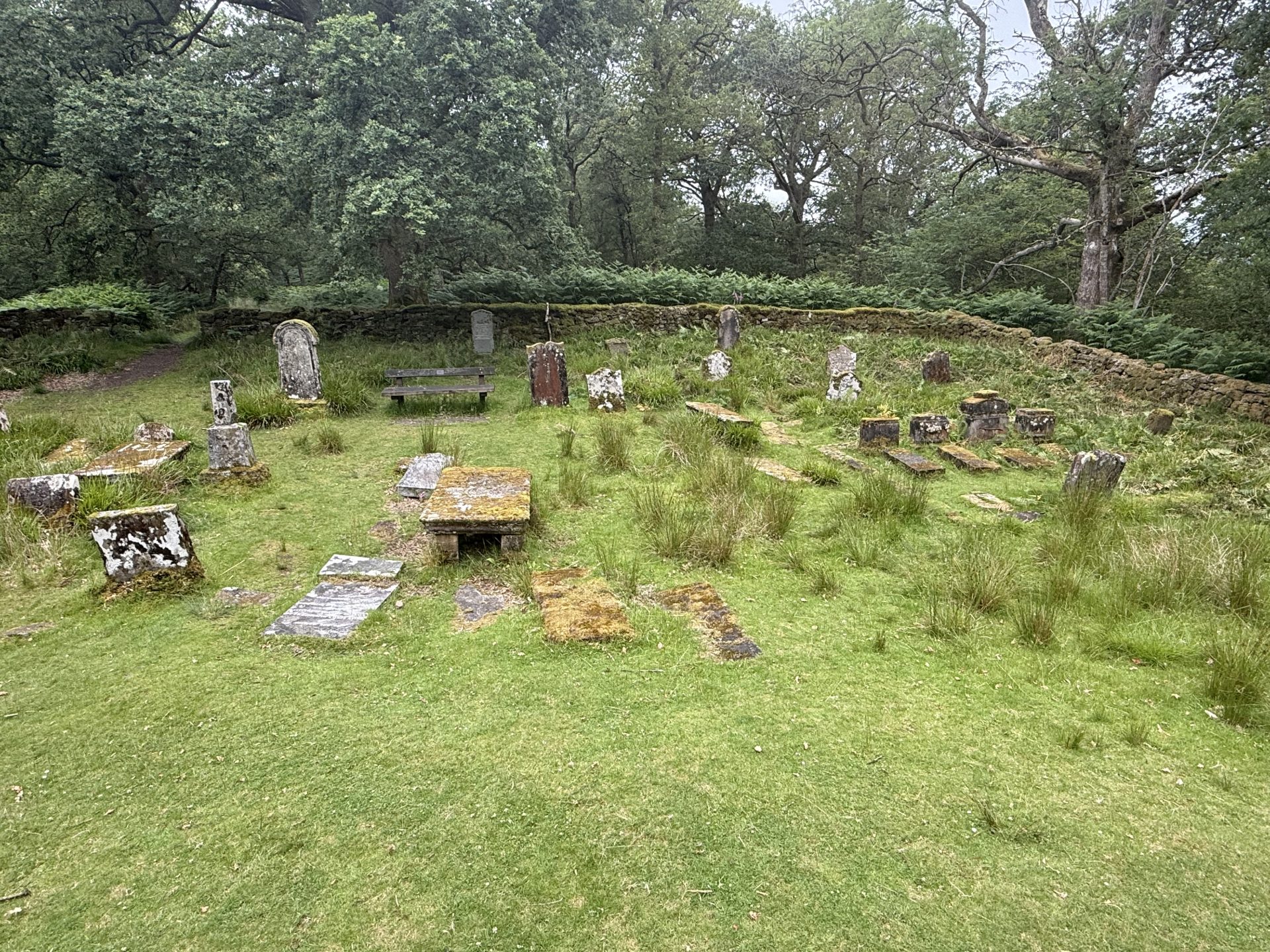
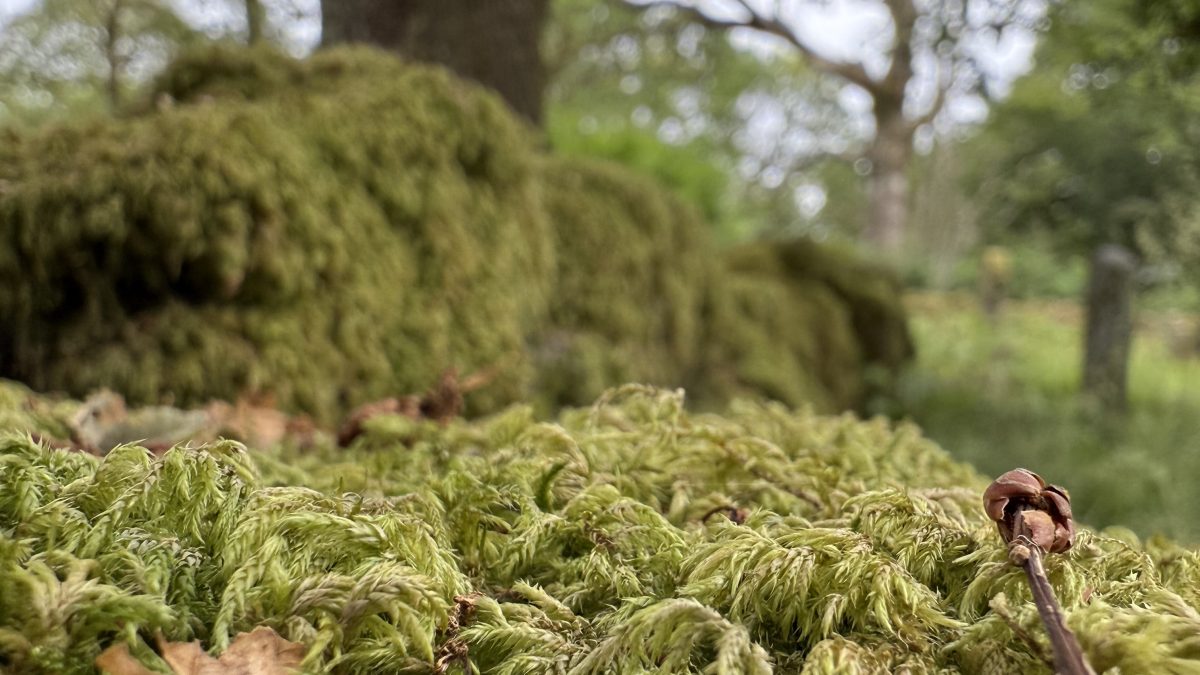
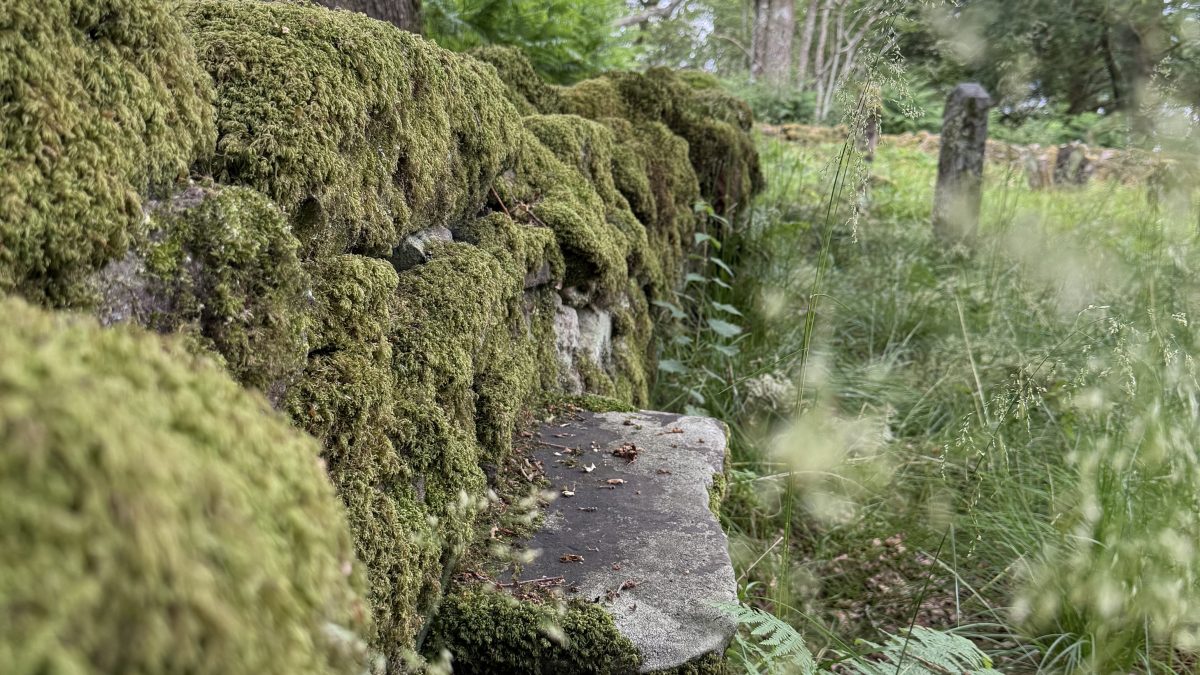
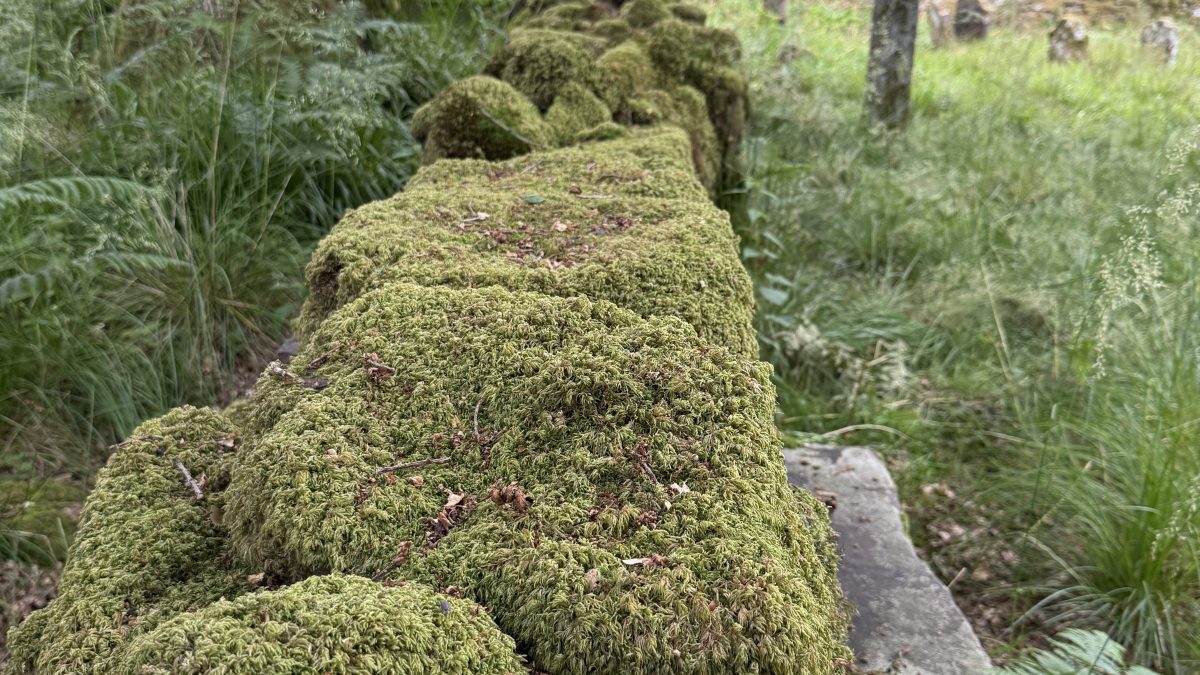
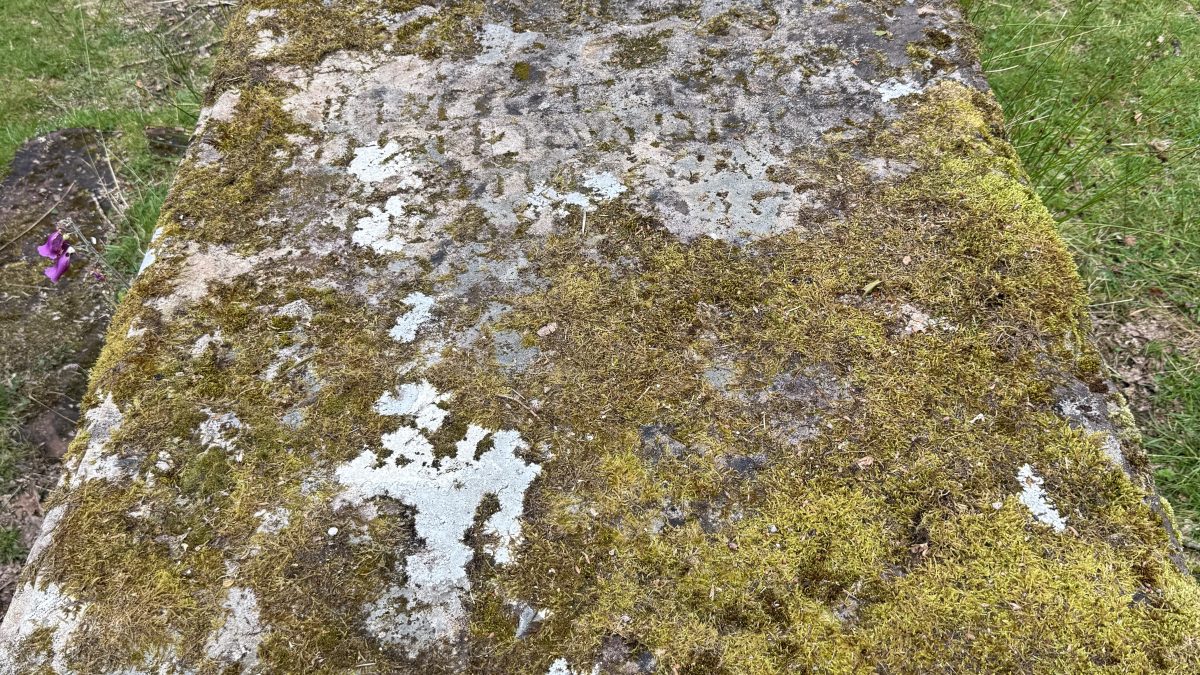
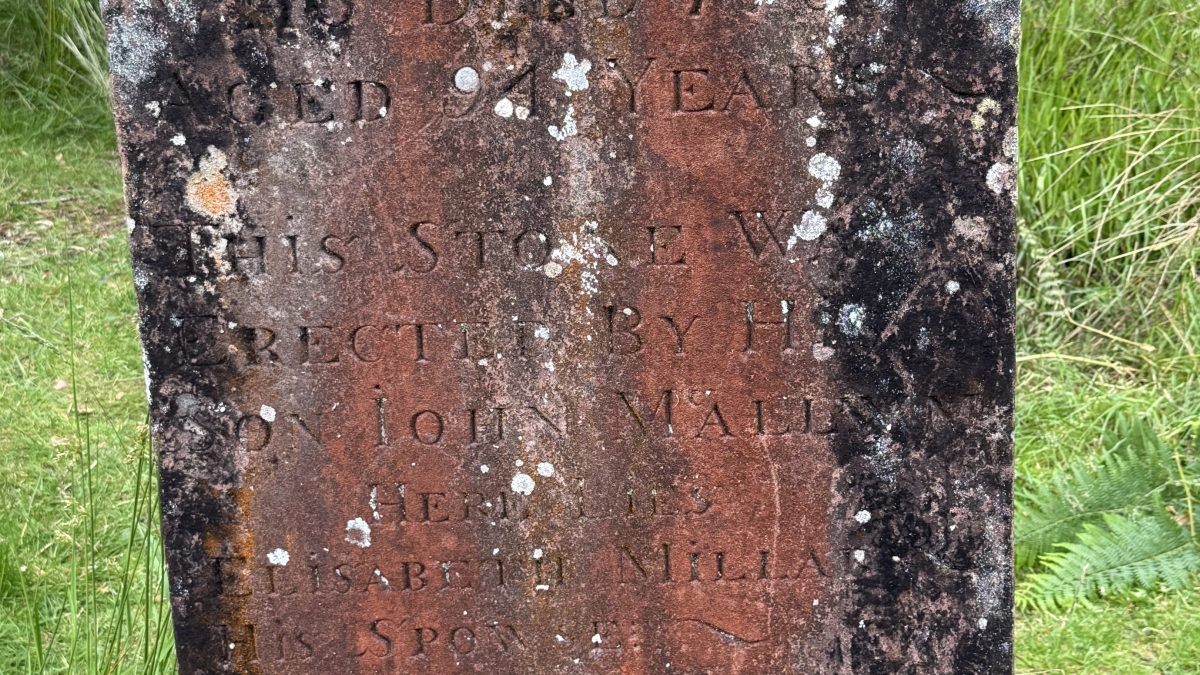
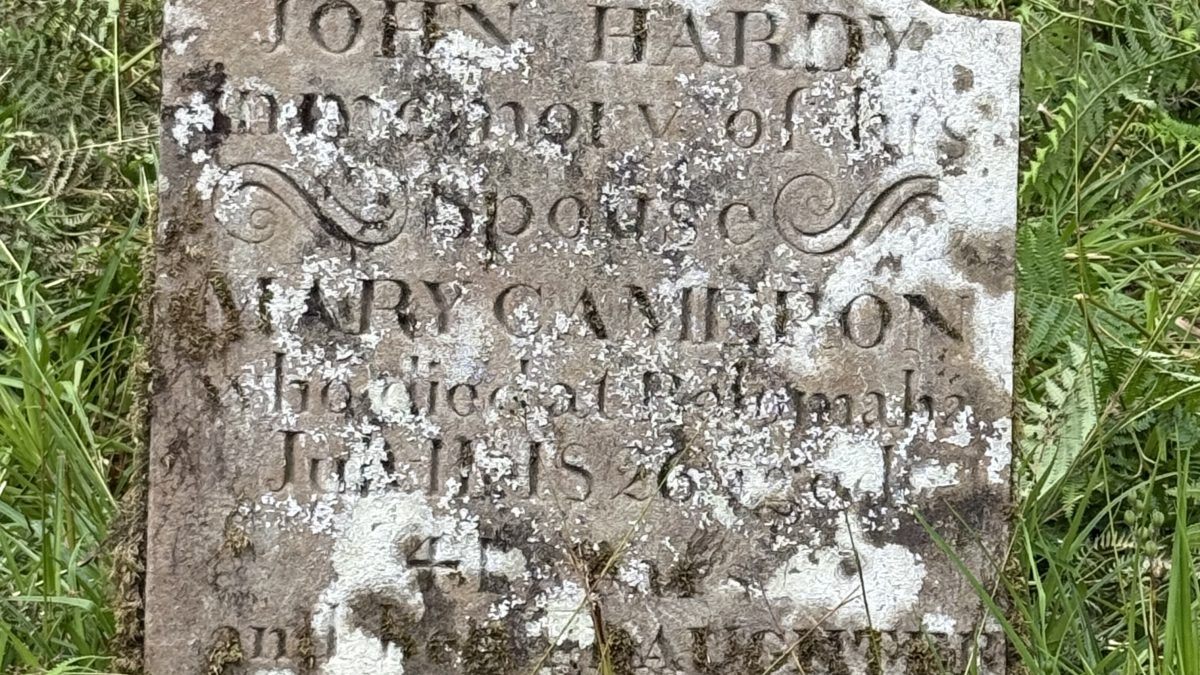
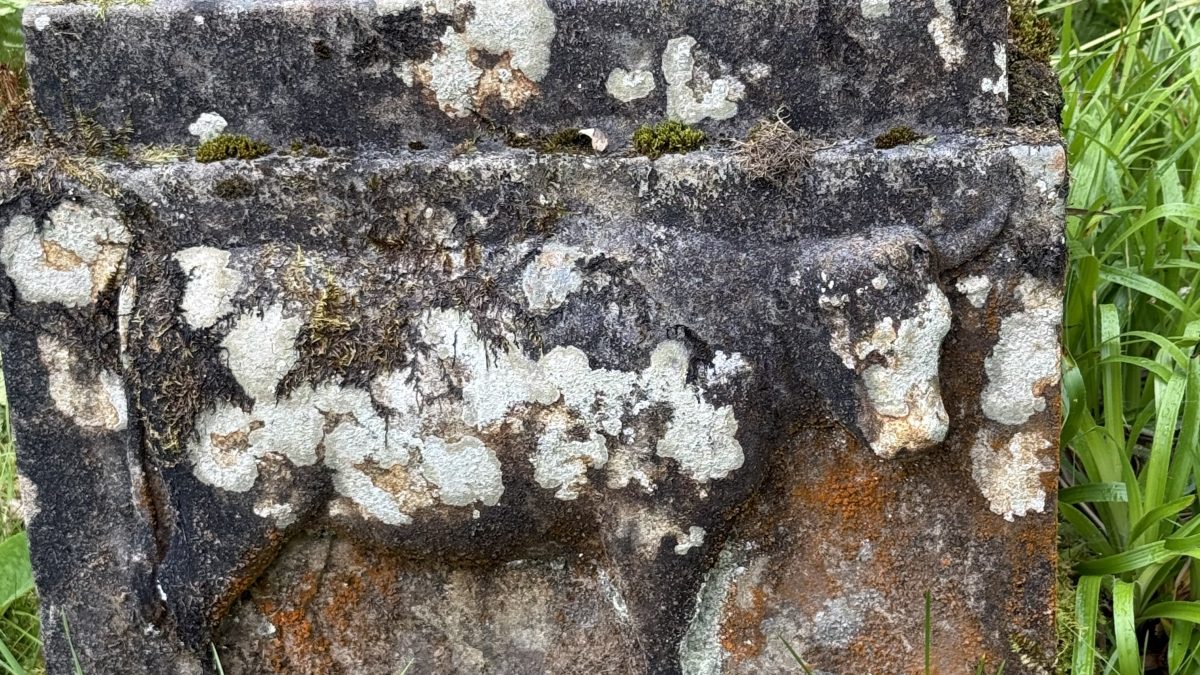
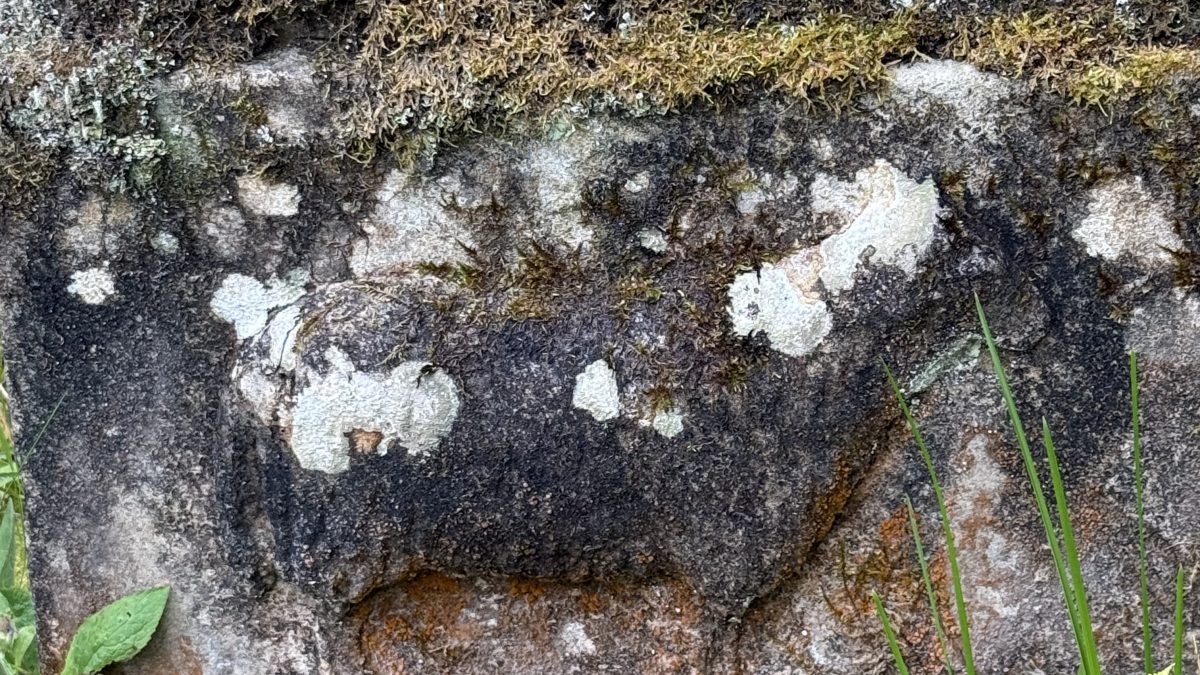
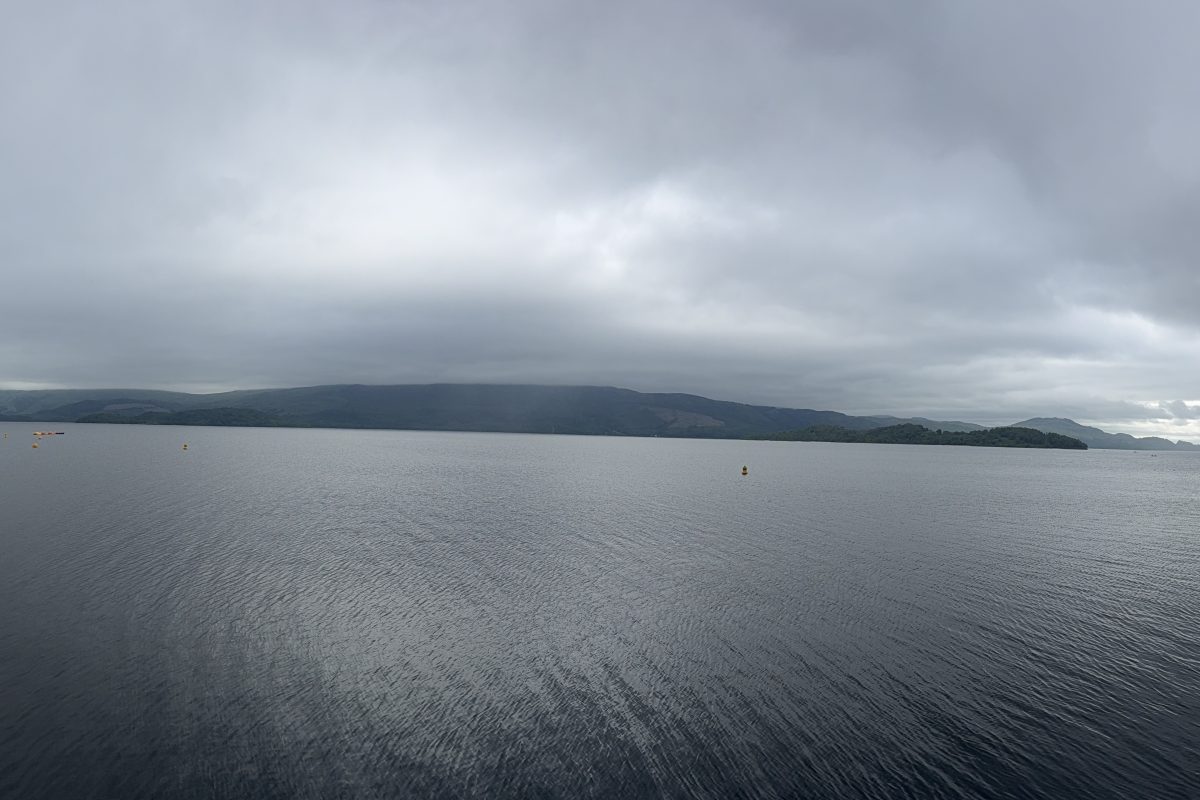
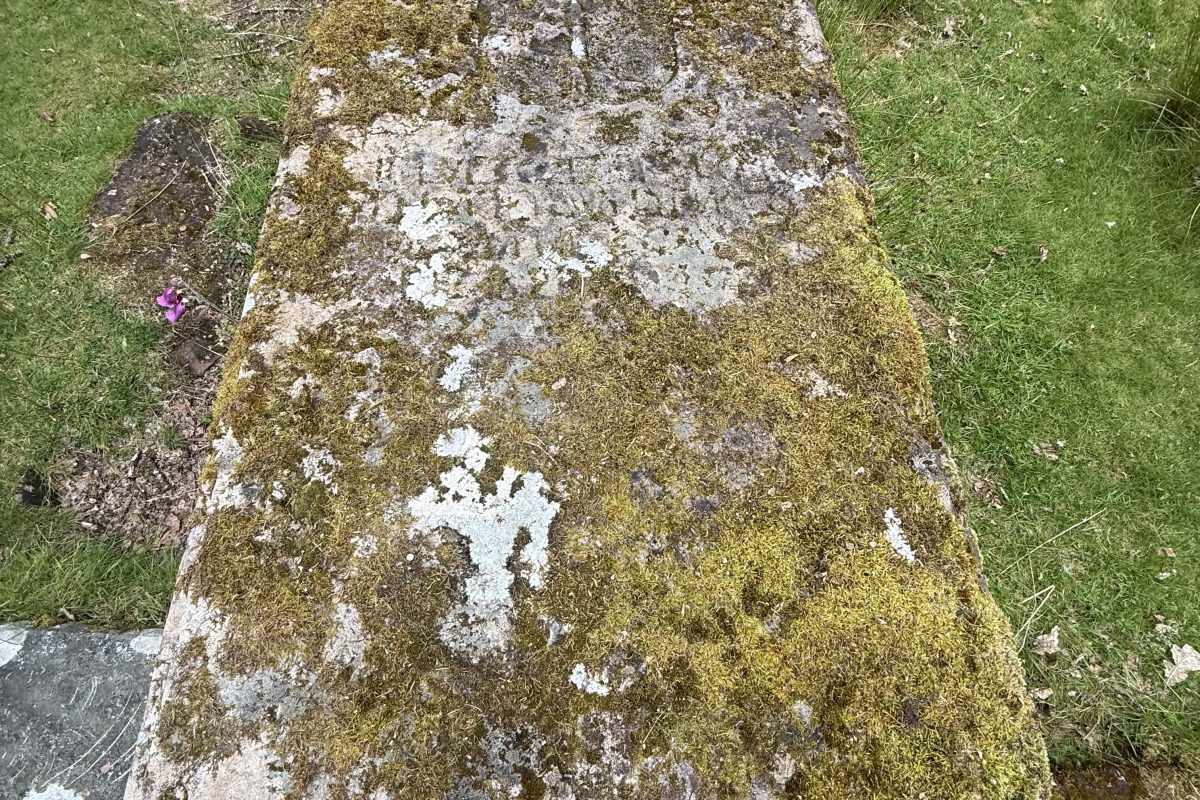
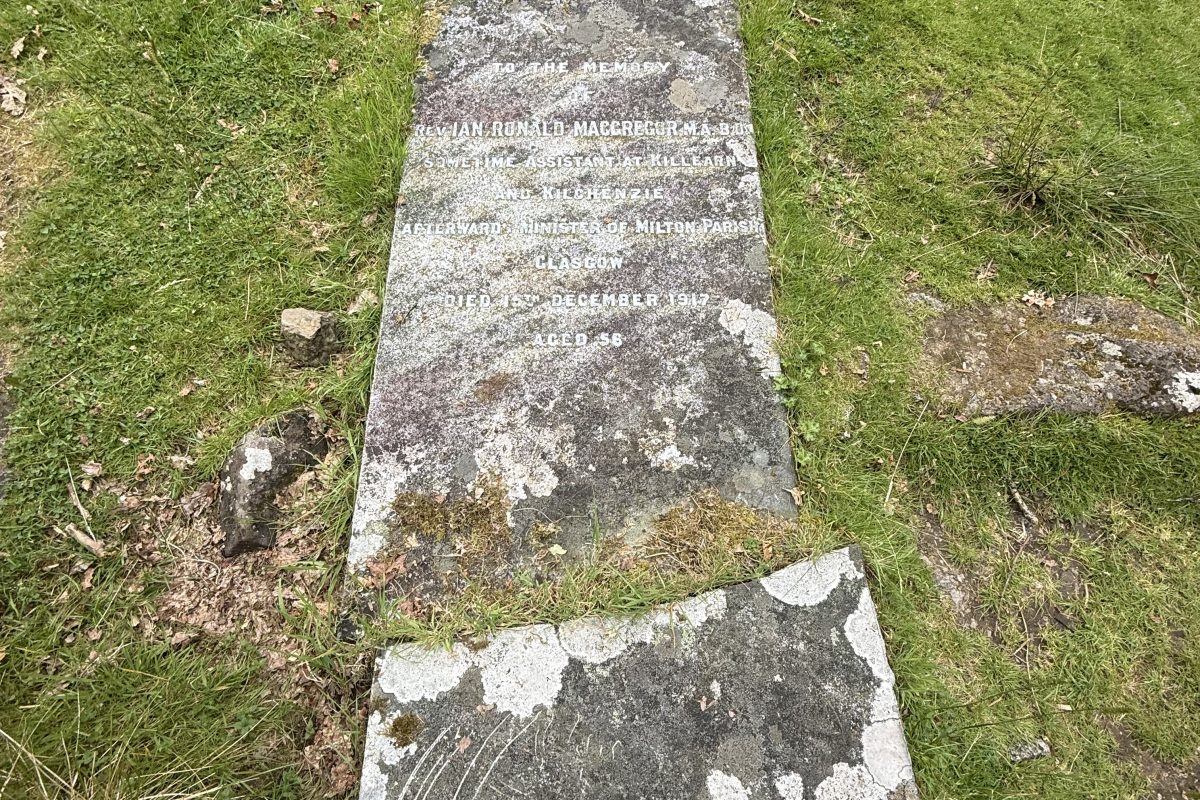
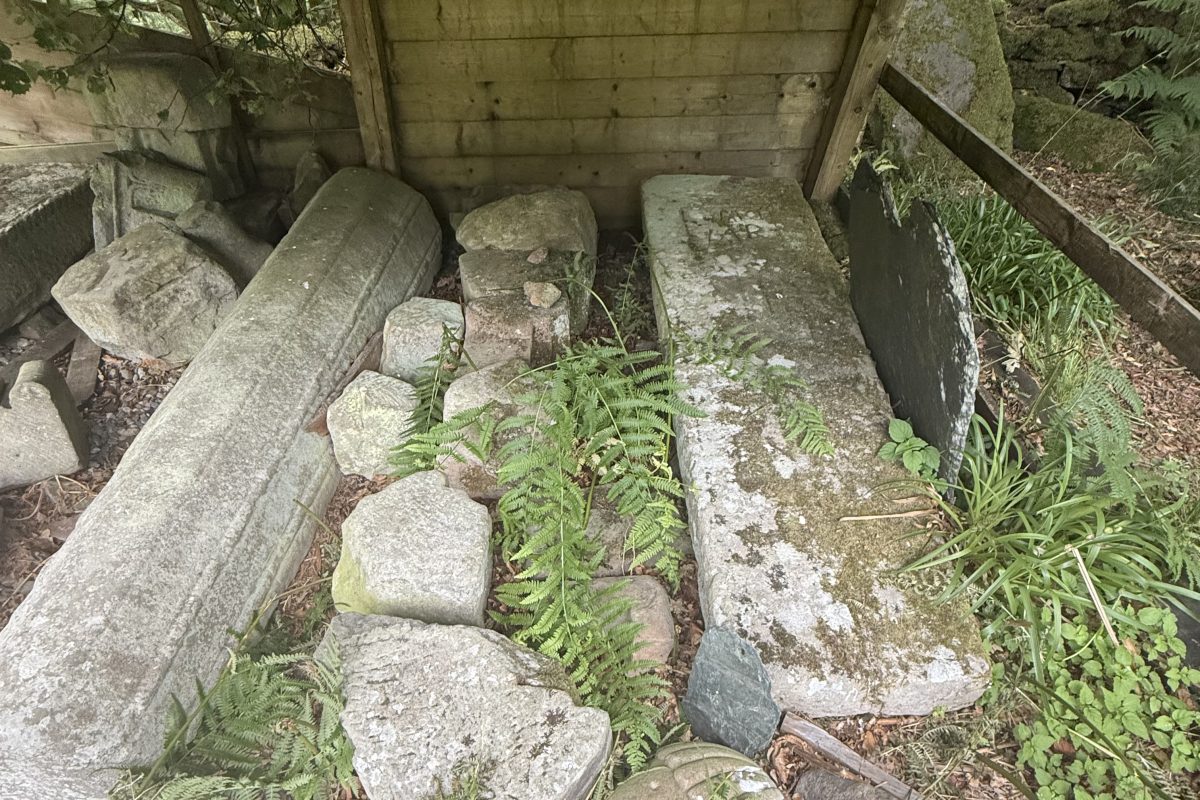
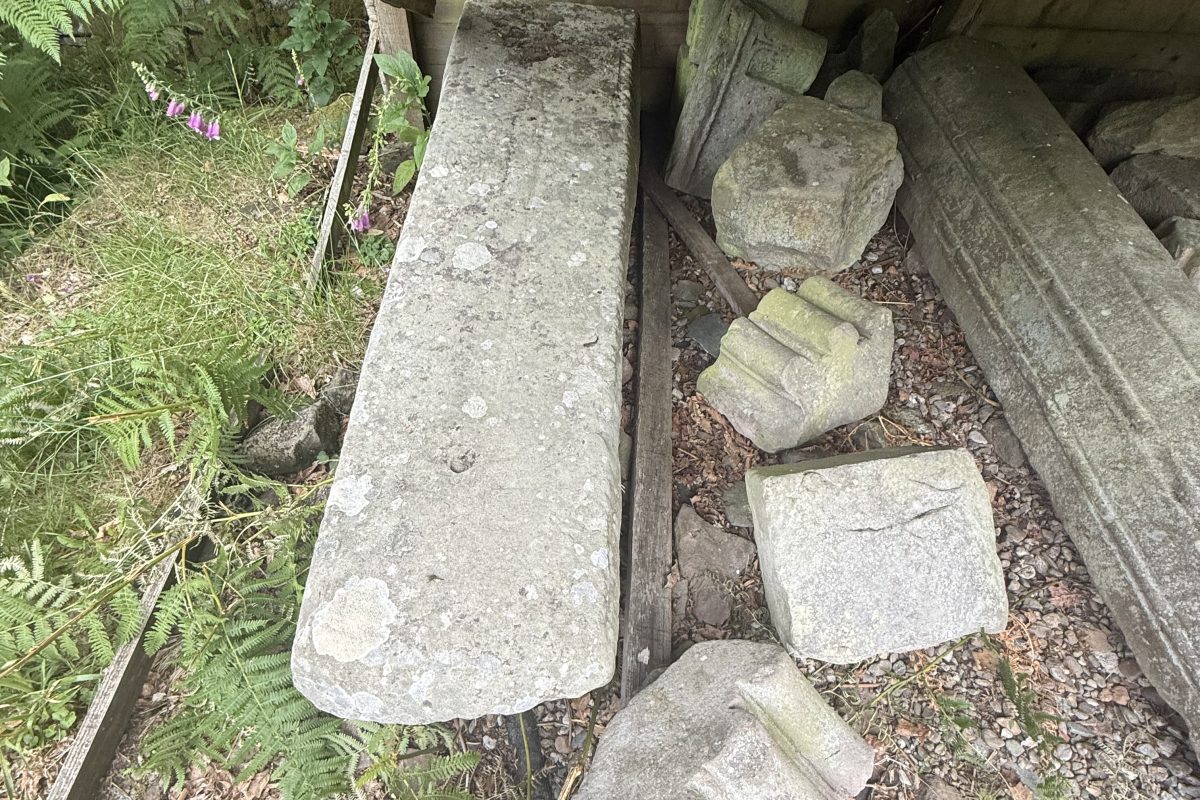
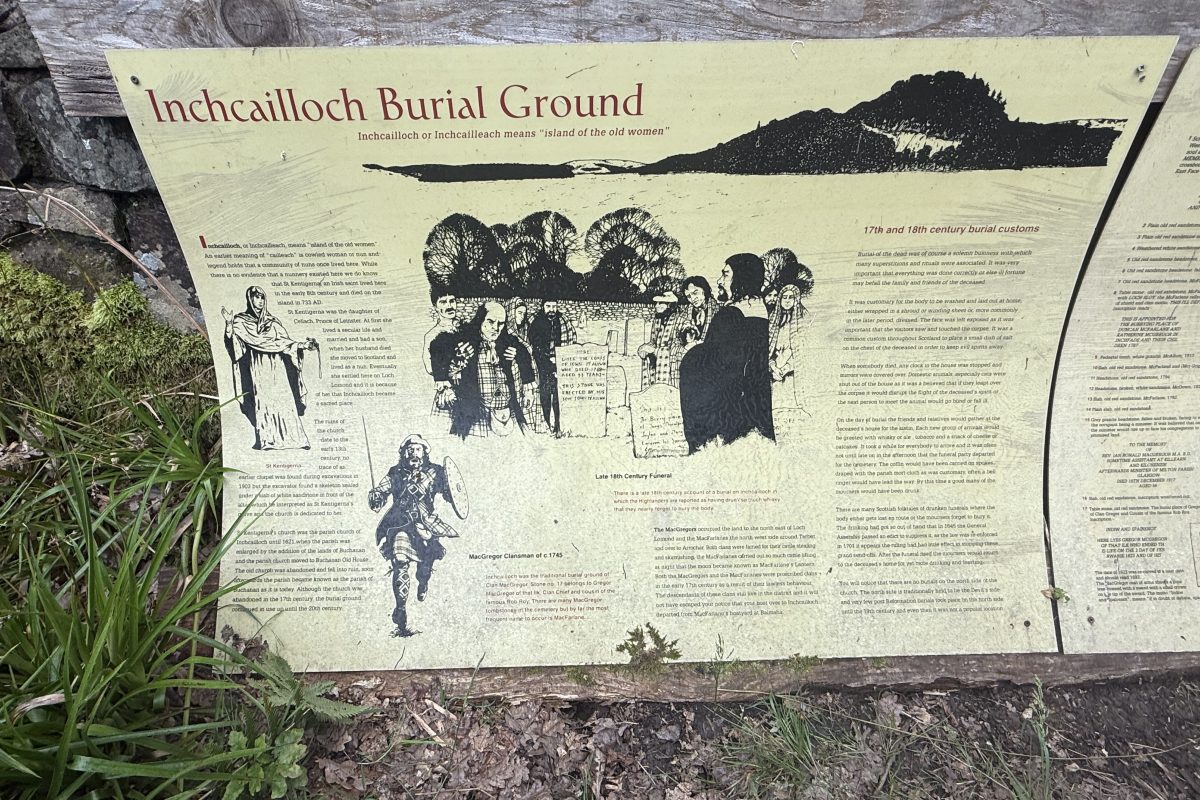
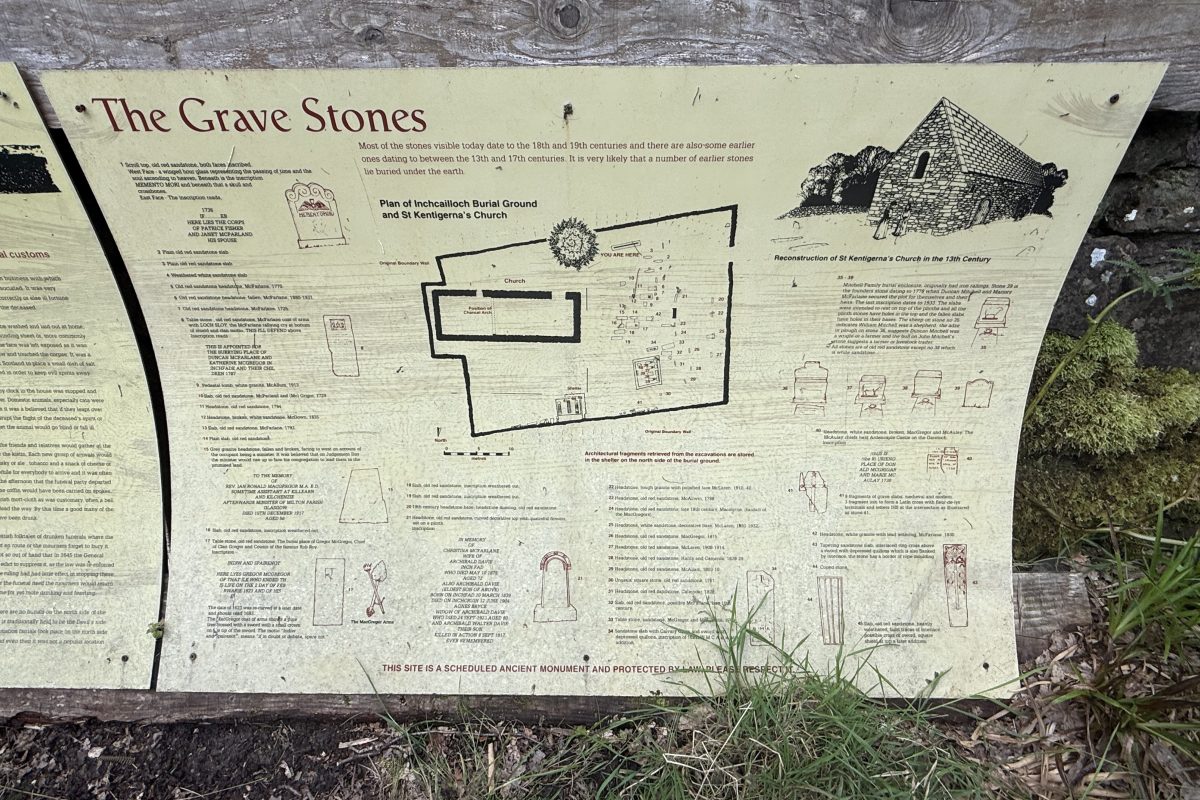
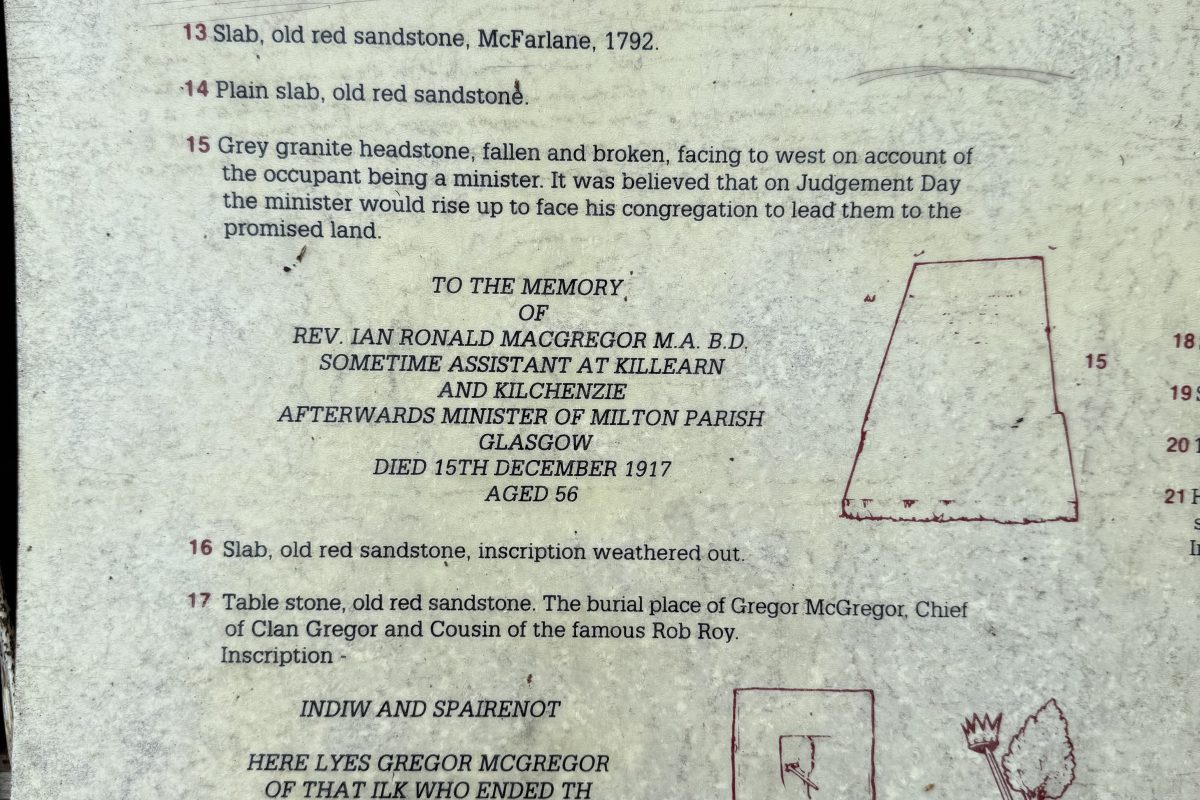
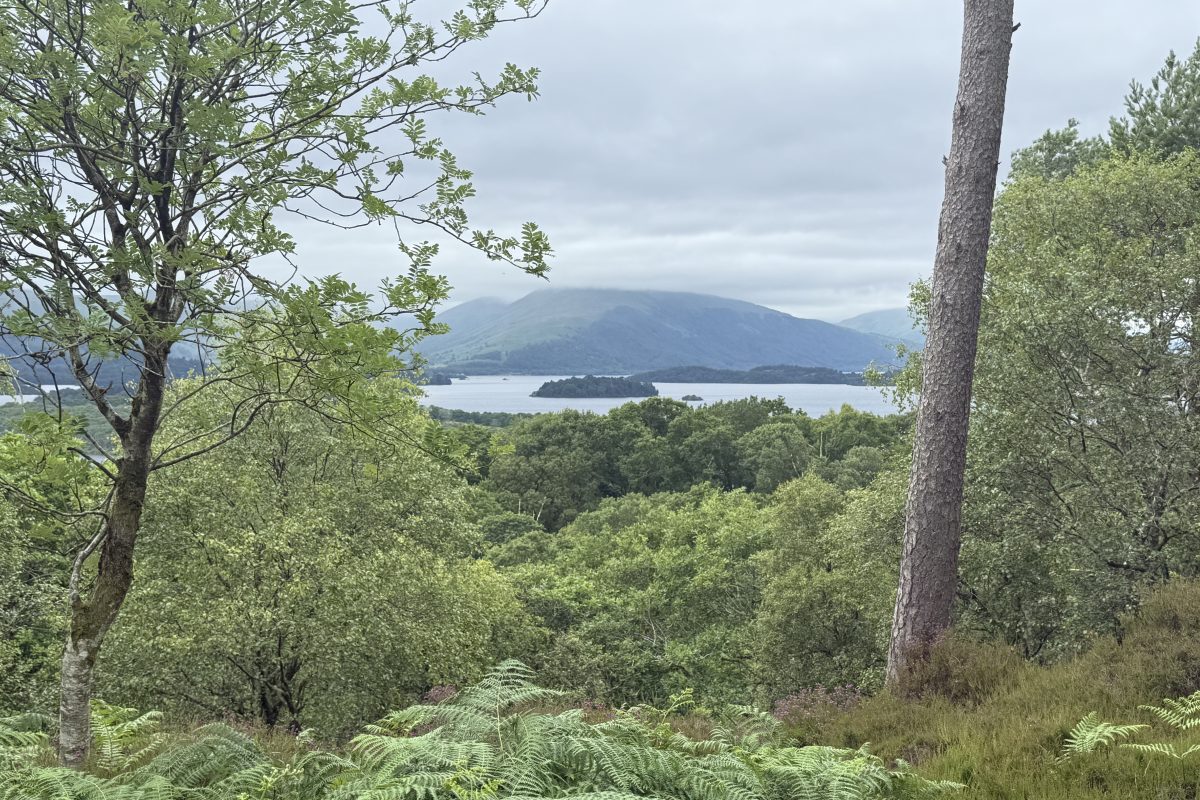
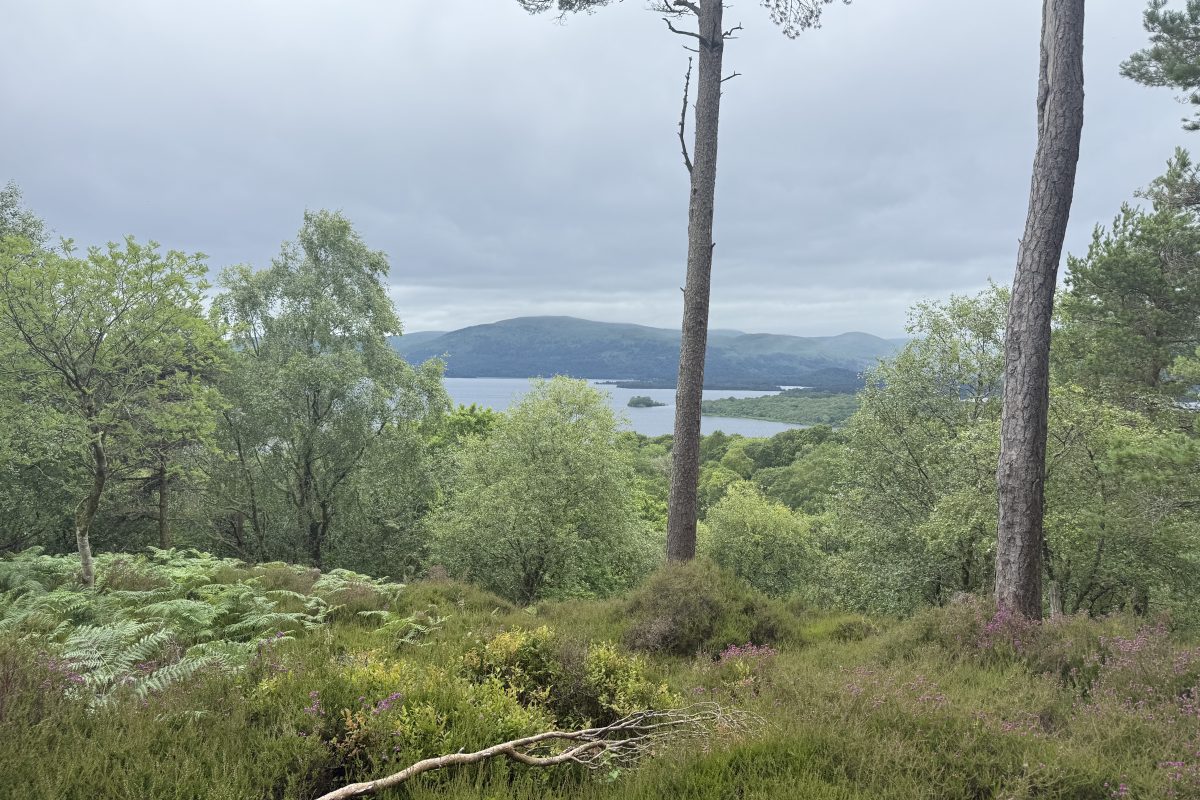
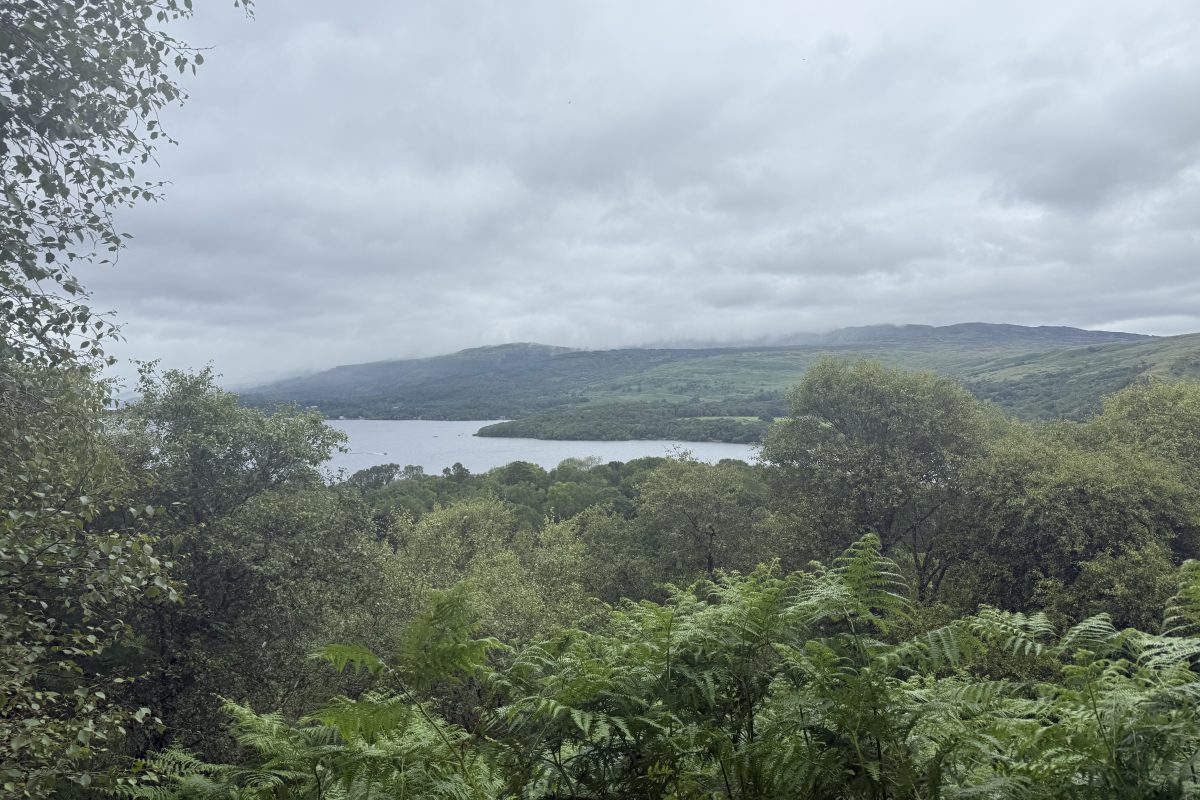
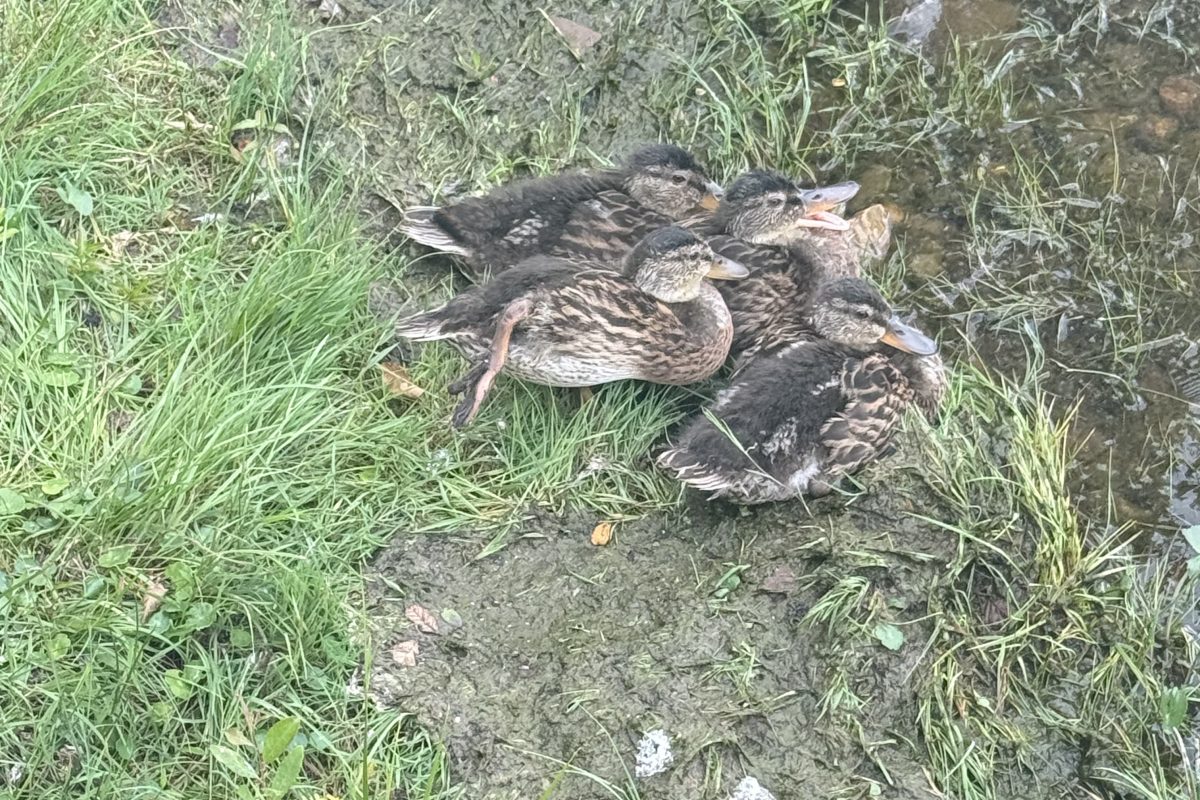
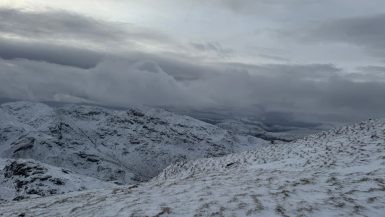
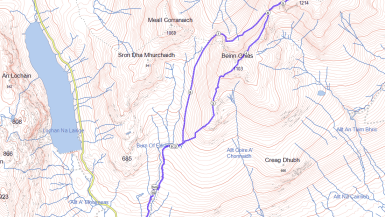
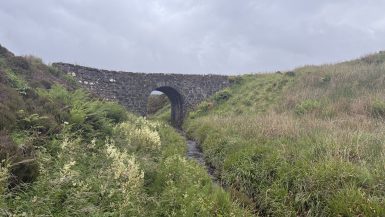
Leave a reply
You must be logged in to post a comment.